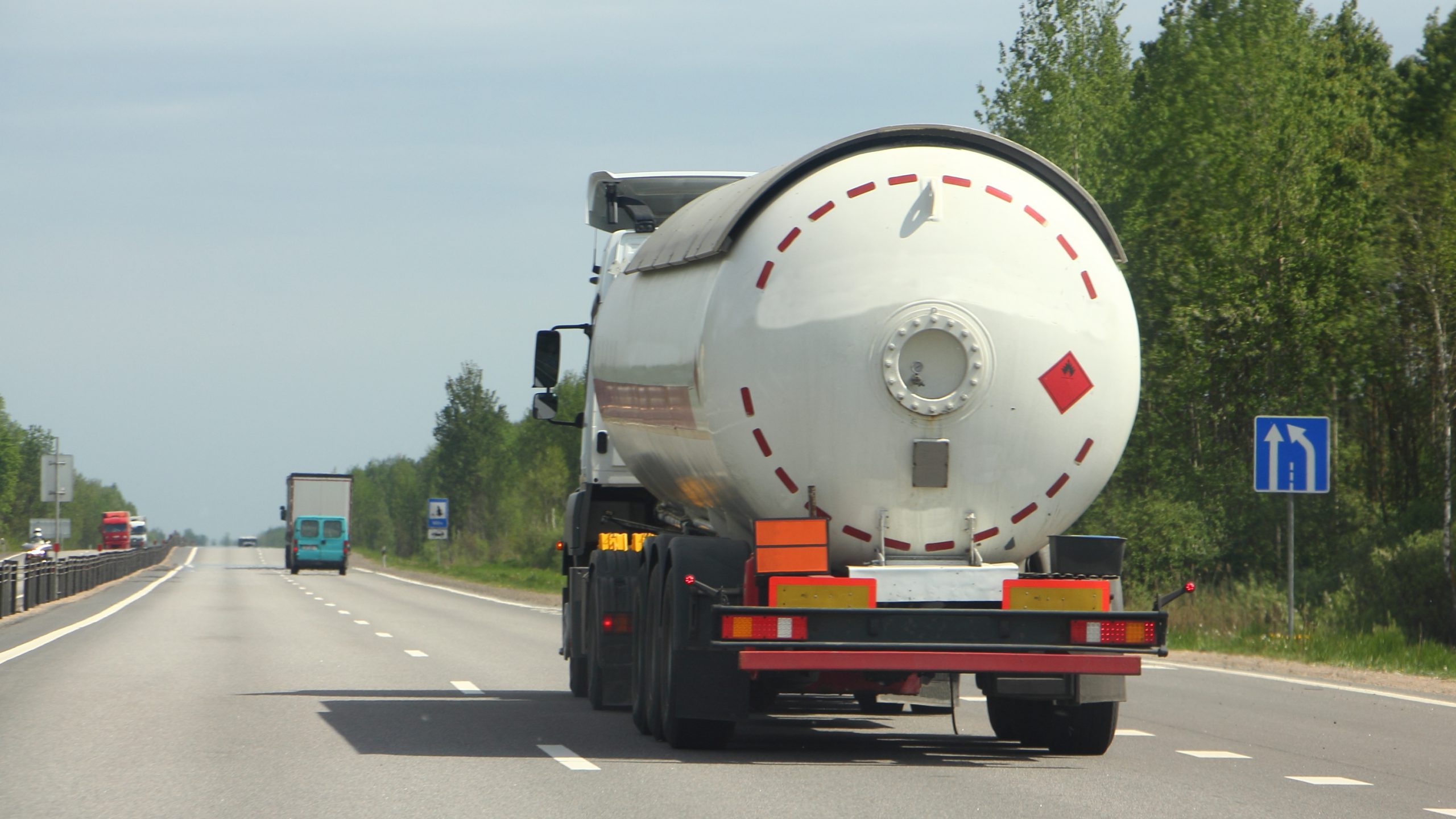Between Q3 2021 and Q2 2022, 1.65 billion tonnes of goods criss-crossed the UK, racking up 19.7 billion vehicle kilometres. During this period, 5% of all substances lifted fell into the category of “dangerous goods,” and most of these were flammable liquids.
If you’re a shipper of flammable liquids or any other type of dangerous goods, the UK government and international regulation place the responsibility on you as the shipper or consignor to prepare your transportation services provider or carrier to safely carry dangerous substances.
Keep reading to learn more about your chemical safety responsibilities as you prepare your goods for transport and your carrier’s responsibilities as they move dangerous goods across the UK.
What Constitutes a Hazardous Material?
The first step in hazard management is identifying the hazard. As a shipper, you know that hazardous materials are referred to in UK legislation as dangerous goods. They include more than obvious highly dangerous chemicals, like explosives.
The classification of dangerous goods outlines nine groups of hazardous materials, including:
Class 1: Explosives
Class 2: Gases
- Flammable gas
- Non-flammable gas, non-toxic gas
- Toxic gas
Class 3: Flammable liquids
Class 4: Flammable solids
- Flammable solids
- Spontaneously combustible substances
- Substances which in contact with water emits flammable gas
Class 5: Oxidising agents and organic peroxides
- Oxidising substance
- Organic peroxide
Class 6 Toxins and infectious substances
- Toxic substance
- Infectious substance
Class 7: Radioactive material
Class 8: Corrosives
Class 9: Miscellaneous dangerous goods

What are the Regulations for Transporting Dangerous Goods in the UK?
In the UK, you’ll follow the Carrier Regulations, which translate the International Carriage of Dangerous Goods by Road (ADR) in UK legislation. You can break down the transportation into two stages: preparation for transport at your facility and the movement of goods by a haulier.
Preparing the Goods for Transit
If you’re the shipper or consignor, legislation states that it is up to you to ensure that you prepare the goods, staging area, and carrier for the risks posed by your products or materials as well as following COSHH regulations as provided.
In practice, this can mean providing the haulier with not only the type or classification of dangerous goods but also information about the chemical hazards associated, including any chemical safety data sheets. However, it also means ensuring your dangerous goods are appropriately prepared for transit in the correct storage containers and that you supervise the loading of these goods to ensure they’re loaded correctly.
It is your responsibility to prepare your carrier for the transport of goods, but they have their own obligations under various laws. In most cases when you’re shipping a substance with a high hazard level, your Dangerous Goods Safety Adviser (DGSA) will ensure you work with logistics services providers and carriers who specialise in the transportation of dangerous goods and who also have a DGSA. However, if you’re a small or new business or you operate in a part of the UK where access to specialist services is limited or if you transport dangerous goods only occasionally, you may be working with a non-specialist carrier.
Regardless of where your goods travel, it’s always your responsibility to ensure safe chemical storage throughout the process, from manufacturing to warehousing to preparing the chemicals for transport and distribution.
Transporting the Goods
While COSHH rules apply for safe chemical storage and site management, there are different international regulations that apply to transportation, called the International Carriage of Dangerous Goods by Road (ADR). The ADR first came online in 1968 and is regularly updated (every two years) by the United Nations Economic Commission for Europe.
The ADR sets out clear, prescriptive rules for the carriage of dangerous goods. The law is available online, and it must be followed by your logistics services providers. Drivers of all vehicles carrying dangerous goods must complete ADR training and receive a certificate with a few careful exceptions, so be sure that you’re able to access copies of this certificate for all drivers picking up at your facilities.
There are exemptions to ADR requirements, including:
- Private use of vehicles (though this exemption now has limitations)
- Carriage of machinery that contains dangerous goods
- Emergency services involvement or supervision in carrying dangerous goods
- Emergency transportation intended to save life or protect the environment
- Some exemptions for gases, liquid fuels, or empty uncleaned packaging once used for dangerous goods
Transporting Dangerous Goods Into and Out Of the UK
Like the UK, most European countries are signed up to the ADR agreement. Your logistics provider will need to provide a certificate under Annex B of the ADR in order to carry dangerous substances through countries signed up to the ADR.
If goods are moving in or out of the UK by sea, the Merchant Shipping (Dangerous Goods and Marine Pollutants) Regulations 1997 apply. These codify the International Maritime Organisation’s International Maritime Dangerous Goods code into UK law. There are also laws for rail and air, the Convention Covering International Carriage by Rail and the IATA Dangerous Goods Regulations, respectively.
All of this is managed by your logistics provider. However, it is vital that you provide their DGSA and other team members with all of the correct paperwork required for them to provide the correct paperwork for transport.